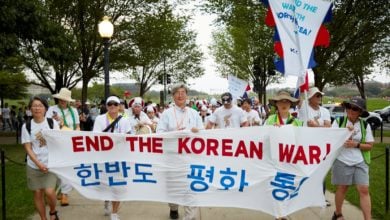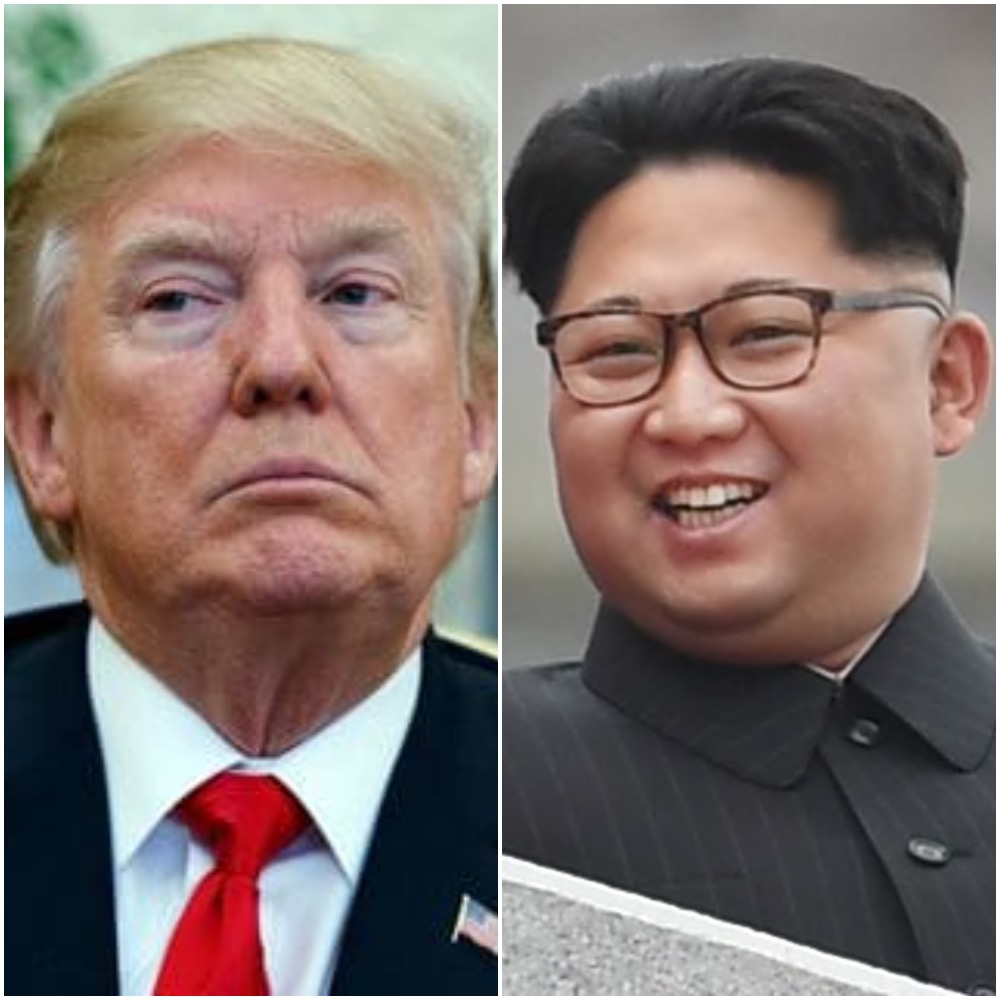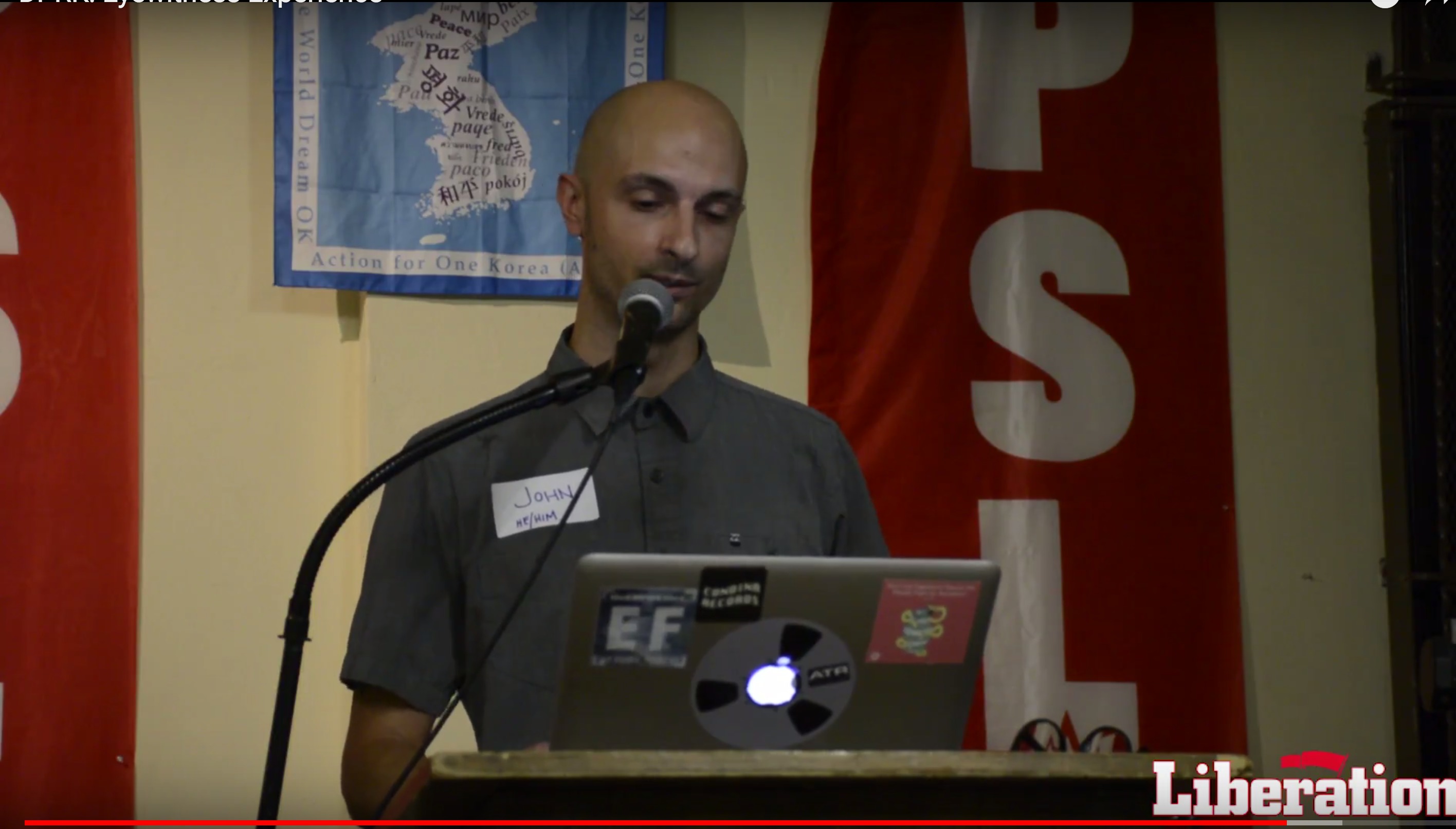 Pyeongtaek farmers and supporters face off against riot cops, May 12, 2006. Photo: Dong-Min Jang |
The Pentagon’s plans for reorganizing the U.S. military presence in Korea are meeting with popular resistance. A focus of the struggle is in the village of Pyeongtaek, 45 miles south of Seoul, the capital of South Korea.
Pyeongtaek is the site of the U.S. military base Camp Humphreys. The U.S. and South Korean governments made plans to expand the base without the knowledge of the 350,000 people in Pyeongtaek or in the neighboring villages like Daechuri and Doduri.
Daechuri is home to 535 households, mostly farmers. Their farmland, like that of Doduri residents, is threatened by the base’s expansion.
Struggles erupted on May 4, when some 13,000 South Korean military troops arrived to guard the installation of a wire fence around 12 million hectares of fields. Farmers could not get to their own land to cultivate their rice. When troops arrived to set up the fencing, residents moved to block them.
After seizing it, the Ministry of National Defense designated the field, which has no military facilities, as a military security zone. That meant that anyone arrested on the land would be tried in military court. Major roads to the city were blocked, leaving the villagers isolated.
The Defense Ministry even tore down a school in Daechuri.
After farmers cut through portions of the fence, the government re-installed two wire fences five feet apart around the field. They dug a ditch filled with water and added more wires between the fences. They finally surrounded it with a wall and guarded the walls around the clock. This shows the determination of the South Korean government to do the bidding of their U.S. imperialist masters.
 Korean delegation protests against free trade agreement, June 2006. Photo: Sarah Friedman |
In the May 4 confrontations, South Korean military troops brutally injured over 200 people and rounded up 500 more. It was the first time since the 1980 Kwangju massacre that the South Korean military, as opposed to riot police, was used against Korean demonstrators.
‘Strategic flexibility’
The base expansion plan is part of a redeployment of the estimated 35,000 U.S. troops stationed in South Korea. U.S. troops have occupied Korean territory since the Korean War of 1950-1953.
The Pentagon claims that the move will improve its “ability to effectively deter aggression and defend the peninsula in a strategically flexible way.” Strategic flexibility refers to the concept of altering the mission of the U.S. forces in Korea to use it as a staging area for offensive military ventures everywhere in the Asia-Pacific area.
The implementation of such a strategy is part of the U.S. military plan to restructure forces, realign bases and take other measures to make it easier for the Pentagon to project military power everywhere in the world. The Pentagon’s “strategic flexibility” aims at putting military pressure on the governments of China and North Korea, and includes the Bush administration’s doctrine of preemptive strike.
National, international solidarity
After the May 4 actions, local farmers formed a “Solution Committee” in Pyeongtaek. Activists set up a Pan-Korean Committee to mobilize support around the country. These groups are demanding the United States and South Korea re-negotiate their agreement on the base.
Farmers remained in the villages in protest. Others declared a hunger strike.
On May 13, 10,000 people staged a candlelight vigil in Seoul to call for the withdrawal of all U.S. troops. The next day, some 2,000 students marched from Seoul to Pyeongtaek, chanting, “Yankees go home! This is our land!” Another 20 protestors were arrested in that demonstration.
Activists from the ANSWER Coalition—Act Now to Stop War and End Racism—showed solidarity with the residents during a week of actions in Washington, D.C. in early June.






